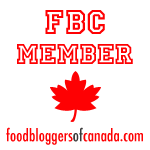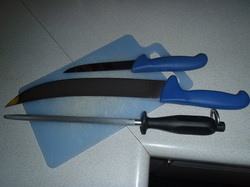
I pulled out some tricks from my butcher days, grabbed my knifes, butcher string and a couple freezer bags. Now I recommend any home cook or bbq enthusiasts to have 4 knives in there collection.
1. Pairing Knife
2. Chef Knife
3. Boning Knife
4. Steak Knife
and 5. Sharpening Steel (#5 is not really a knife but I am adding it to the list)
Knife #1 and #2 are not pictured, but the small blade is knife #3, the machete looking one is #4 and the one with the black handle is #5.
The first thing I always do when I buy meat is to give it a good rinse under cold running water. I do this for two reasons, one it washes all the meat juices off and two the 3 second rule is alive and well at many establishments (especially when one drops a $90+ piece of filet mignon on the ground).
Step two is to trim off the excess fat on the top of the pork loin. I find a good rule of thumb is to leave 1/4 inch of fat on the meat, this will add flavour during the cooking process and will remain edible and easy to cut through.
If you are more into the pork chops and less into the roasts I would recommend buying the other half of the loin, the rib portion.
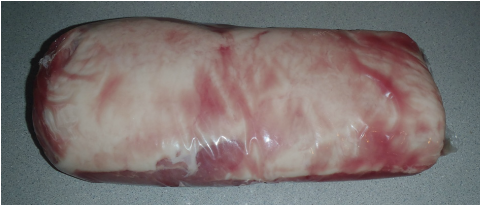
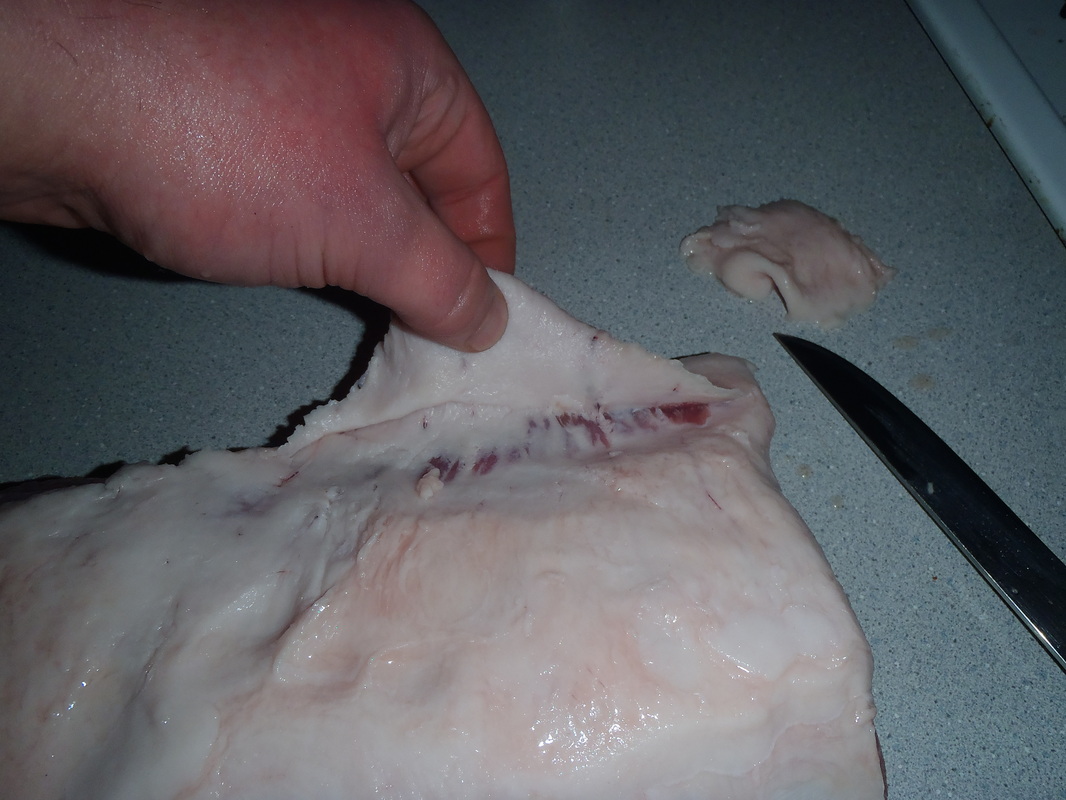
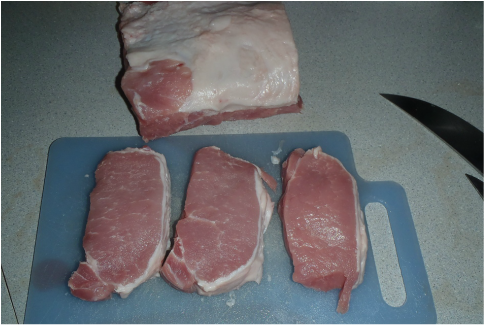
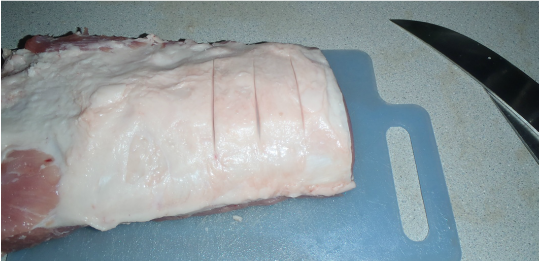
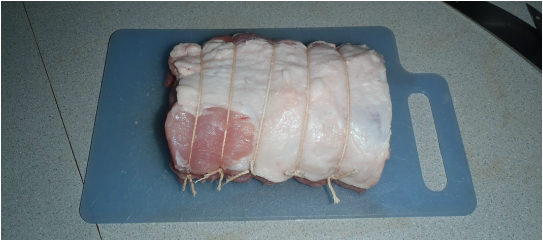
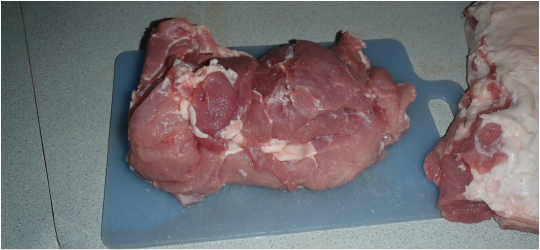
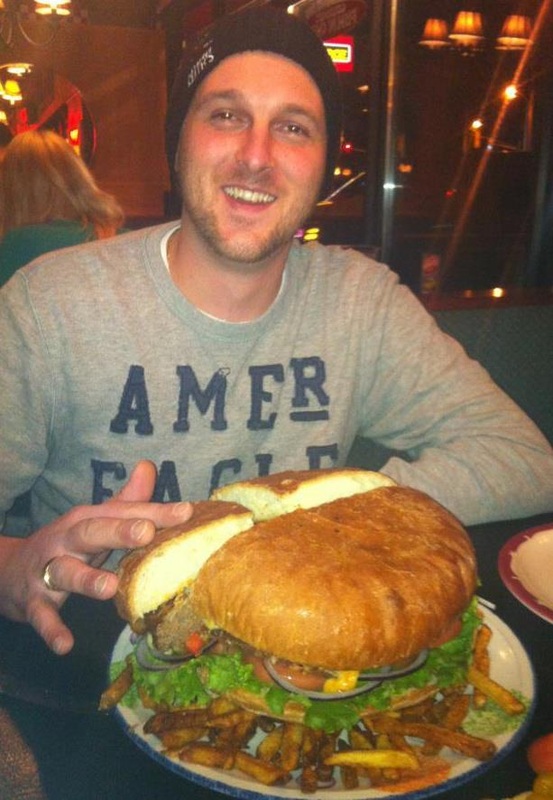
 RSS Feed
RSS Feed
